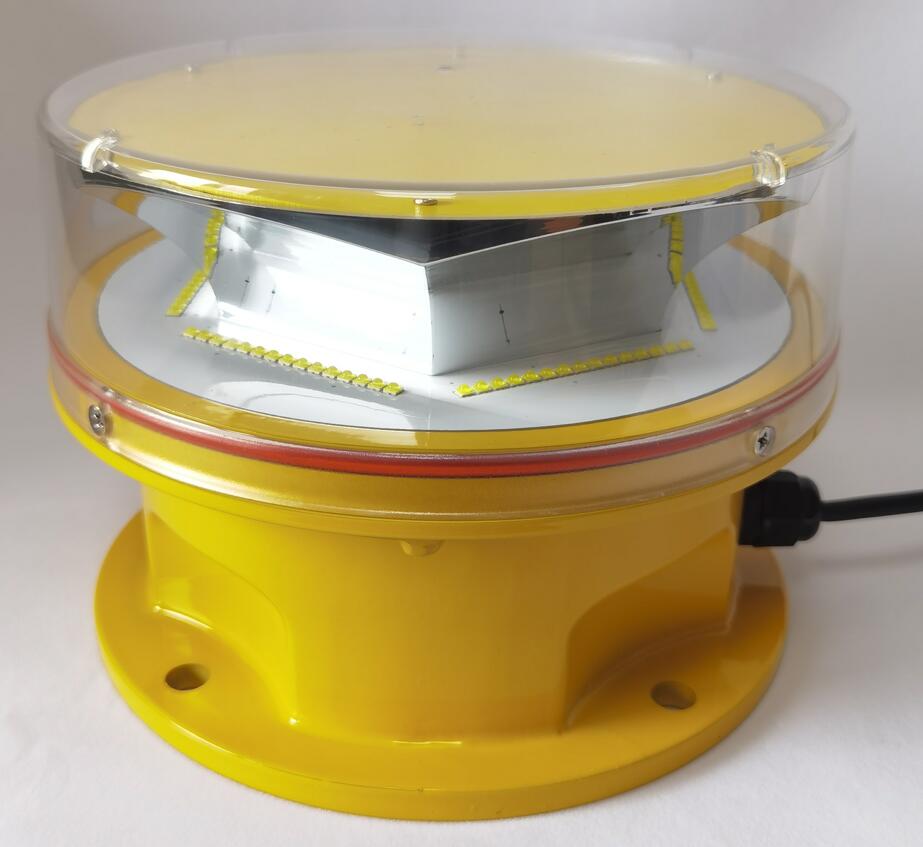Aviation Light for Towers: Ensuring Safety in the Skies
Aviation light for towers plays a crucial role in maintaining air safety, particularly for tall structures that could pose hazards to low-flying aircraft. These lights ensure that pilots can easily identify obstacles, especially during nighttime or adverse weather conditions. With the increasing number of communication towers, wind turbines, and skyscrapers, the importance of reliable aviation lighting systems cannot be overstated.
This article explores the significance of aviation light for towers, the different types available, regulatory standards, and emerging technologies in the field.
The Importance of Aviation Light for Towers
Towers, whether used for telecommunications, broadcasting, or wind energy, often extend hundreds of feet into the air. Without proper lighting, these structures can become invisible to pilots, increasing the risk of collisions. Aviation lights serve as a visual warning system, helping aircraft maintain safe distances.
The Federal Aviation Administration (FAA) and the International Civil Aviation Organization (ICAO) mandate the use of aviation lights on structures exceeding certain heights. Compliance with these regulations is essential to prevent accidents and ensure smooth air traffic operations.
Types of Aviation Light for Towers
Several types of aviation lights are used on towers, each serving a specific purpose:
1. Red Obstruction Lights
These steady-burning or flashing red lights are commonly used on structures below 200 feet (61 meters). They are highly visible at night and are often paired with white strobe lights for daytime use.
2. Medium-Intensity White Strobe Lights
For taller structures, medium-intensity white strobes are used during daylight hours. These bright, flashing lights enhance visibility in clear weather conditions.

3. High-Intensity White Strobe Lights
Extremely tall structures, such as skyscrapers or transmission towers, require high-intensity strobes. These lights are powerful enough to be seen from long distances, even in bright sunlight.
4. Dual Lighting Systems
Many modern towers use a combination of red lights for nighttime and white strobes for daytime. This dual system ensures optimal visibility around the clock.
Regulatory Standards for Aviation Light for Towers
Different countries have specific regulations governing aviation lighting. Some key standards include:
| aviation light for towers |
FAA (USA): The FAA mandates lighting for structures taller than 200 feet (61 meters) above ground level (AGL). Specific requirements vary based on location and structure type.
ICAO (International): ICAO provides global guidelines, ensuring uniformity in aviation lighting to enhance international flight safety.
EASA (Europe): The European Union Aviation Safety Agency sets similar standards, requiring obstruction lights on tall structures.
Compliance with these regulations is mandatory, and failure to adhere can result in penalties or increased liability in case of accidents.
Emerging Technologies in Aviation Lighting
As technology advances, aviation light for towers is becoming more efficient and sustainable. Some notable innovations include:
| aviation light for tower |
1. LED Aviation Lights
LEDs are replacing traditional incandescent and halogen lights due to their energy efficiency, longer lifespan, and brighter illumination.
2. Solar-Powered Obstruction Lights
In remote locations, solar-powered aviation lights provide a reliable and eco-friendly solution, reducing dependence on electrical grids.
3. Smart Lighting Systems
Some modern systems incorporate sensors and automation, adjusting light intensity based on visibility conditions. This improves efficiency while maintaining compliance.
4. Wireless Monitoring
Advanced systems now allow remote monitoring of aviation lights, ensuring they function correctly and alerting maintenance teams if issues arise.
Challenges and Future Trends
Despite advancements, challenges remain in aviation lighting:
Light Pollution: Some communities oppose bright aviation lights due to light pollution. Newer systems aim to balance safety with minimal environmental impact.
Maintenance: Ensuring continuous operation in harsh weather conditions requires durable and reliable lighting solutions.
Regulatory Updates: As air traffic grows, regulations may evolve, requiring updates to existing lighting systems.
Future trends may include AI-driven predictive maintenance, adaptive lighting, and further integration with air traffic control systems.
Aviation light for towers is a critical component of air safety, preventing collisions and ensuring compliance with international standards. With advancements in LED, solar power, and smart monitoring, these systems are becoming more efficient and sustainable. As technology progresses, the aviation lighting industry will continue to innovate, further enhancing safety for pilots and the public alike.
By prioritizing proper installation, maintenance, and adherence to regulations, we can ensure that aviation light for towers remains a reliable safeguard in our increasingly crowded skies.
